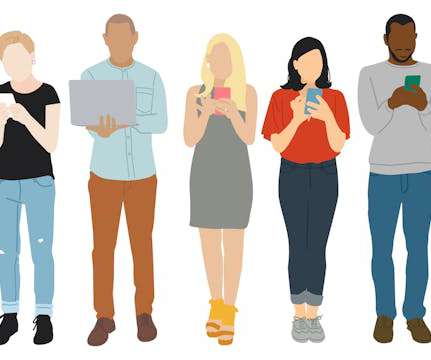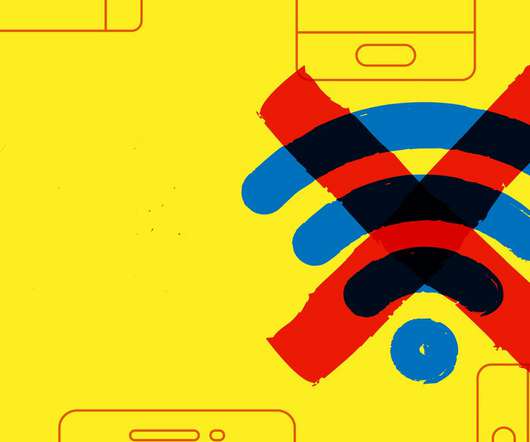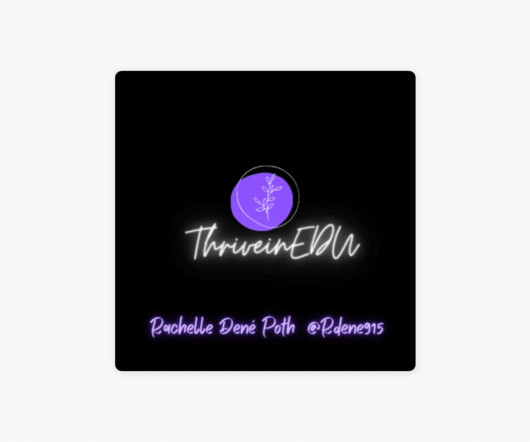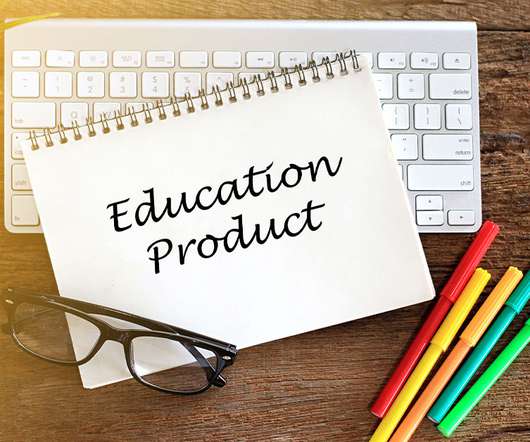The Digital Divide 2.0: Navigating Digital Equity and Health Equity in Education
Edsurge
NOVEMBER 10, 2022
According to the National Digital Inclusion Alliance, digital equity is a “condition in which all individuals and communities have the information technology capacity needed for full participation in our society, democracy, and economy.” Billed as the largest free municipal broadband program in the U.S.,



































Let's personalize your content